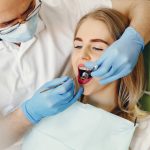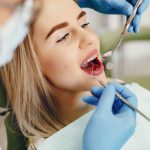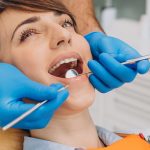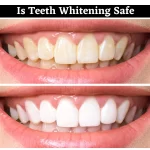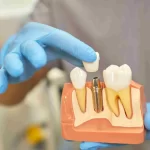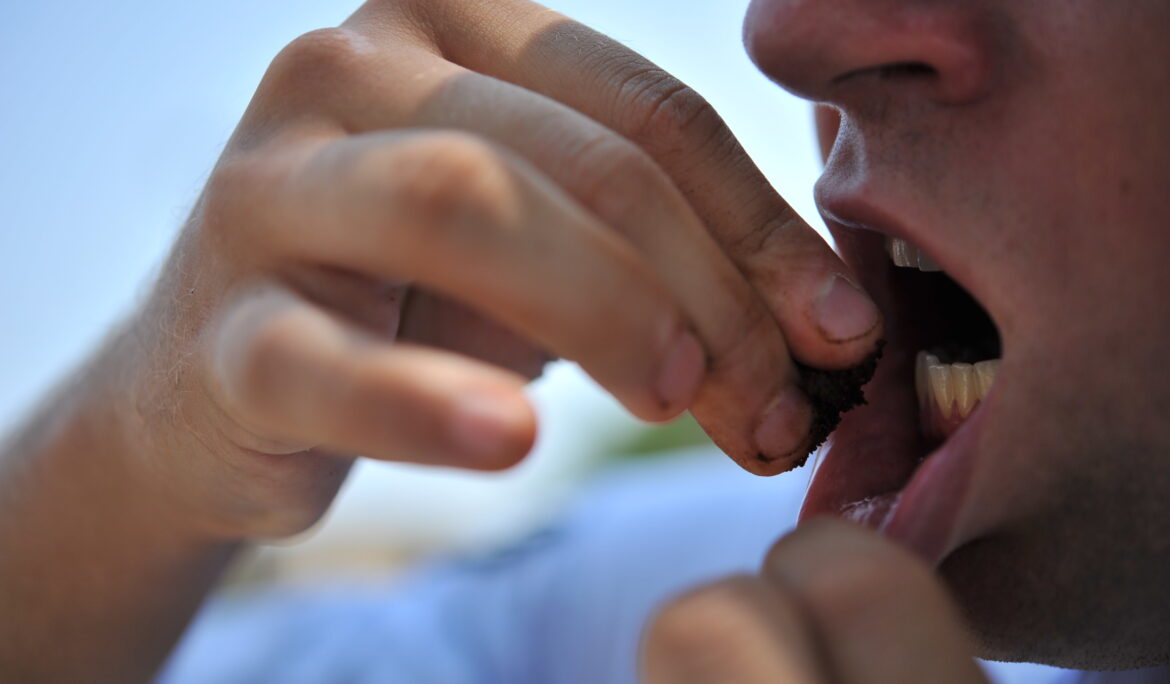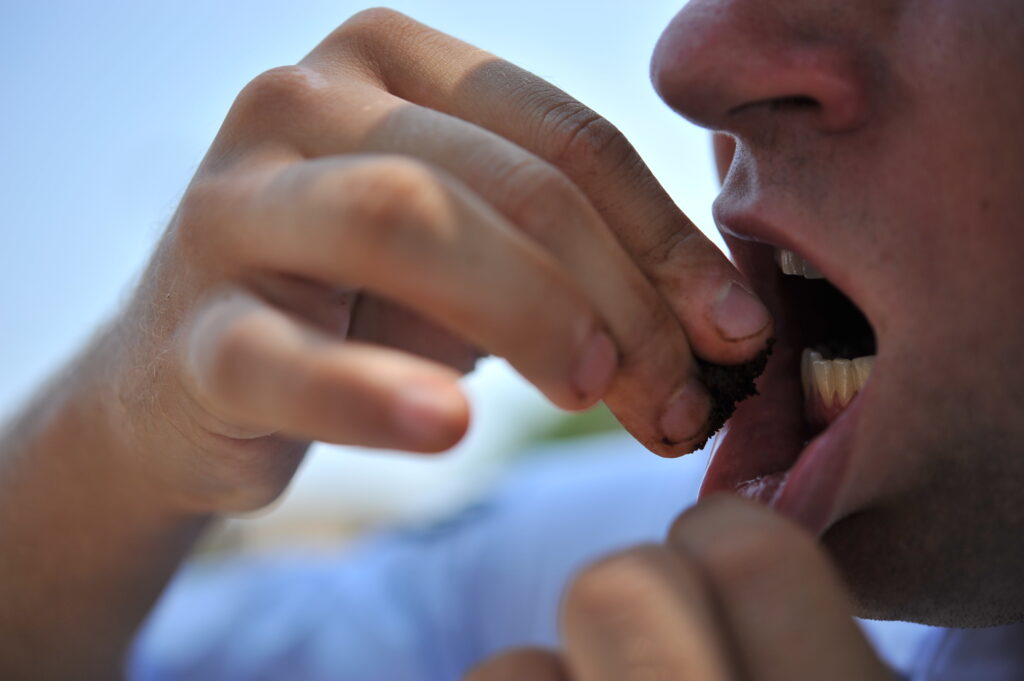You probably already know about the detrimental effects of smoking on your body. You may even be familiar with the effects of second- and third-hand smoke on non-smokers. A lot of attention has been given to the consequences of smoking. Lung cancer, heart disease, and low birth-weight babies are the most well-known and troublesome. Many smokers switch to smokeless tobacco in order to avoid exposing themselves and others to the dangers of tobacco smoke.
What has not been highly publicized is the risk that tobacco-both smoked and smokeless- brings to your oral health. Both forms of tobacco are harmful to your teeth and gums and cause gum disease and tooth decay. Tobacco in both smokable and smokeless forms has been processed with chemicals such as fertilizers, preservatives, and amplifiers. These chemicals are hazardous to your oral, and overall, health. These chemicals, in addition to nicotine, are the reasons for the required warning labels on tobacco products.
The nicotine in tobacco causes your blood vessels to constrict. This is especially true for the blood vessels in your mouth. When blood vessels are constricted, they don’t provide adequate blood flow.
With diminished blood flow, your gums don’t get the oxygen and nutrients they need to remain healthy or to heal. Our mouths encounter injury frequently. Cuts from potato chips and other sharp food, for example. Soup, coffee, or pizza that is too hot will cause a minor burn. Chewing mishaps can result in a bitten tongue, cheek or lip. More serious injuries from sports, auto accidents, and oral surgery require adequate blood flow to heal properly.
Bad breath, teeth discoloration, gum disease, decreased sense of smell and taste, greater risk of developing cavities and oral cancer (mouth, lip, and tongue) are all consequences of tobacco use. In addition to diminished blood flow and slower healing, smoking also results in chronic dry mouth. Many smokers don’t realize this because tobacco smoke contains a mild numbing agent. Smokers often don’t realize that they have a dry mouth because they don’t experience uncomfortable symptoms.
Smoking decreases the production of saliva. A reduction in saliva encourages bacteria growth. Saliva provides a hostile environment for bacteria and helps wash away remaining food particles. With only a small amount of saliva present in the mouths of smokers, tooth decay quickly begins. Plaque builds up more rapidly, leading to gum disease and tooth loss. The length of time that you have been smoking and how heavily you smoke determine how much damage has been done to your teeth and gums.
Smokeless tobacco is available in the forms of chewing tobacco (loose leaves, plugs, or twists) snuff (finely ground moist or dry tobacco), snus (steam-heated snuff), and dissolvable tobacco (lozenges, strips, and sticks). Chewing tobacco contains over 2,000 harmful chemicals. While this may seem safer than the over 4,000 harmful chemicals that are found in burning tobacco, smokeless tobacco has its own risks.
Smokeless tobacco often contains added sugar as a flavor enhancer. Since smokeless tobacco is held next to teeth, the added sugar remains in direct contact with teeth, increasing the risk of cavities. Smokeless tobacco often contains abrasive sand and grit which further erode enamel. Precancerous growths in tobacco users are often undetectable by dental professionals. Red or white mouth sores are a visible precancerous symptom and are common in users of smokeless tobacco.
If you choose to use tobacco in any form, it is vitally important to practice good dental hygiene and have your teeth professionally cleaned and examined at least twice a year. For More Information Contact MPLS Dental Now!




